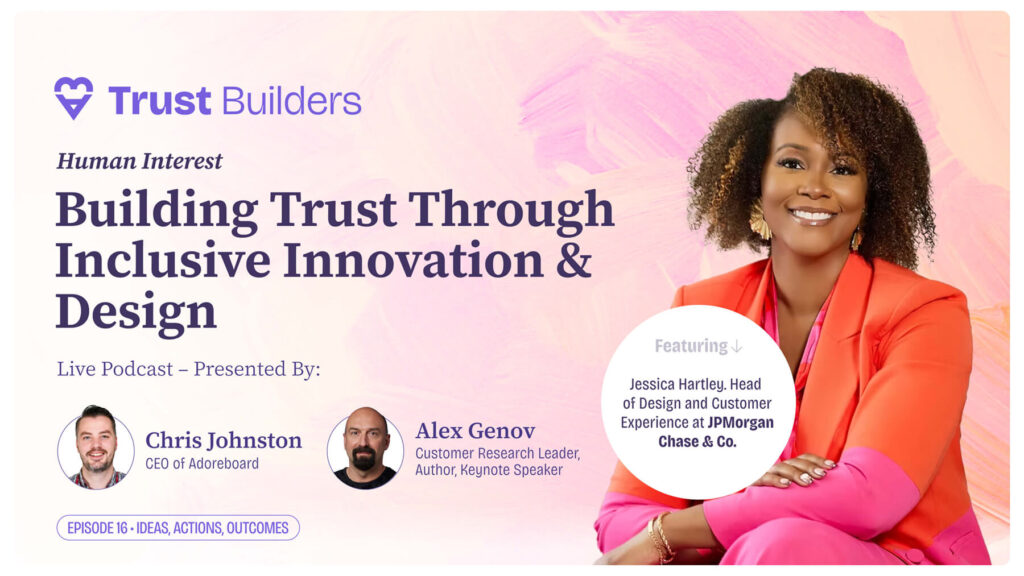Writing in AnalogFolk Data Journal entitled ‘Data – A Tipping Point’
Adoreboard CEO Chris Johnston says that if emotion is key to understanding people then it’s vital that we think anew in terms of applying it to customer experience.
“What Women Want” starts with a simple idea, the movie that starred Mel Gibson as advertising executive Nick Marshall, shows that if we really knew what people felt we’d be able to align our ideas, emotions and behaviours accordingly.
Yet the magical powers to understand how customers feel about brands still remains elusive. And if suddenly we acquired customer telepathy, we’d be shocked by how wrong assumptions about customers really are. We’d probably employ a similar arsenal of comic reactive expressions – amazement, frustration, joy – just like Nick Marshall.
Often, it’s guess work: a fragmented media landscape, contradictory data sources or insight all gets in the way of understanding the customer, who they are, how they behave and what’s important to them. A reliance on logical approaches to measurement, like performance KPIs for media buying, for example, reinforces a status quo. Whilst brands can continue to pump out ineffective concepts and stories, in the end customers will vote with their feet to brands that do a better job.
The Power of Emotion
So the challenge for any global brand is to understand customers that transcend geographies, languages and brands themselves. An effective way to do this at scale is to use Emotional Intelligence. By understanding emotion and its intent we can learn about the concepts that people attach value to and how they’re triggered. This applies even to trusted brands that fail to align themselves with the emotions that influence purchasing decisions. Businesses need to make a change.
The Case for Emotionally Intelligent Insights
When businesses do connect with customers’ emotions, the pay-off can be huge. After a major bank introduced a credit card optimizing specific emotions amongst a younger audience, new account growth rose by 40%. A major airline could achieve a 13% increase in email click-through rates by optimizing customer communication for emotion. And a 12-month study by data scientists at Adoreboard based at Queen’s University evidenced that Golfing star Rory McIlory’s online popularity surpassed three of the biggest global brands due to high intensity emotions he could generate.
Emotional intelligence can discover unusual findings. When analyzing customers’ emotional reactions to an e-cigarette brand, it revealed that the dominant emotion of joy related to the devices ‘oven’ and ease for consuming marijuana. This put a swift end to any ideas of ‘repositioning as a luxury brand for casual social smokers’. Global legal firms will spend millions on communicating how good a place their firm is to join. The customer experience at the end of the process unusually created rage and frustration due to thousands of concepts relating to PFO (please f***K off). By leveraging this insight and by changing the feedback process for unsuccessful candidates, a new source of competitive advantage and growth was created.
Steps to Better Customer Experience
Building a picture of customer’s emotions and targeting these without little idea of what works is challenging. Experience suggests by measuring the feelings that underpin consumer behaviour reveals what customers care about. Emotional analysis provides a structured process of learning about customers’ emotions from any customer experience. By applying data analytics to detailed customer-data sets, which can comprise of any content such as social data, survey verbatim, customer feedback, news articles, competitor communication, you can arrive a compelling insights in five steps.
Step 1: Score Content for Emotional Intent
Apply emotional analysis to any content to score its emotional properties on a scale of -100 to 100. This provides easy comparisons on how the brand communicates, the reality of the customer experience and competitors.
Step 2: Create a landscape of customer emotions
Any brand can be placed on emotional indices currently Joy, Trust, Surprise, Interest, Sadness, Disgust, and Fear to understand how the customer experience they create relates to an industry average or competitors.
Step 3: Link emotions to themes for true insight
Explore the drivers of customer behaviour by detecting which emotions are triggered by the themes. If a deodorant brand wants to target a younger customer base, they can identify that people express admiration towards brands that make them feel confident. This helps brands to discover what emotions influence a customer journey.
Step 4: Establish new brand narratives based on customer experience
By building on the insights from each step it creates narratives describing the specific emotions expressed by customers at each position in their decision journey. This helps decision makers by identifying the key actions required to optimize the customer experience.
In summary, the promise of emotional analytics is to bring clarity and rigour to what often is considered more art than a science or strategy. It enables businesses to achieve an understanding of what customers want through the lens of emotion. A brand being a conduit for customers wants and desires doesn’t require a freak electrical accident like in the movies. Today, it’s actually as easy as a click of a button.




